Bacharel em Química pelo Instituto de Química da Universidade de São Paulo em 2002. Doutorado em Química Inorgânica no mesmo Instituto em 2007. Doutorado sanduíche na University of North Carolina at Chapel Hill sob a orientação do Prof. Thomas J. Meyer em 2006. Pós doutorado em Química Inorgânica no Laboratório de Fotoquímica Inorgânica e Conversão de Energia do IQ/USP em 2007.
Neste mesmo ano visitou os laboratórios do Prof. Carlo A. Bignozzi, Università degli Studi di Ferrara ? Itália, dos Profs. Michael Grätzel e Jacques E. Moser e do Dr. Mohamed K. Nazeeruddin da École Polytechnique Féderale de Lausanne ? Suíça e do Dr. P. Sömmeling do Energy Centre of Netherlands – Holanda. Pós-doutor no Laboratório de Eletroquímica e Materiais Nanoestruturados, LEMN, da Universidade Federal do ABC em 2008. Atualmente é Professor Adjunto IV na Universidade Federal do ABC. Atua nas áreas de síntese, caracterização e investigação fotoquímica e fotofísica, de compostos de coordenação visando sua utilização na conversão de energia solar.






